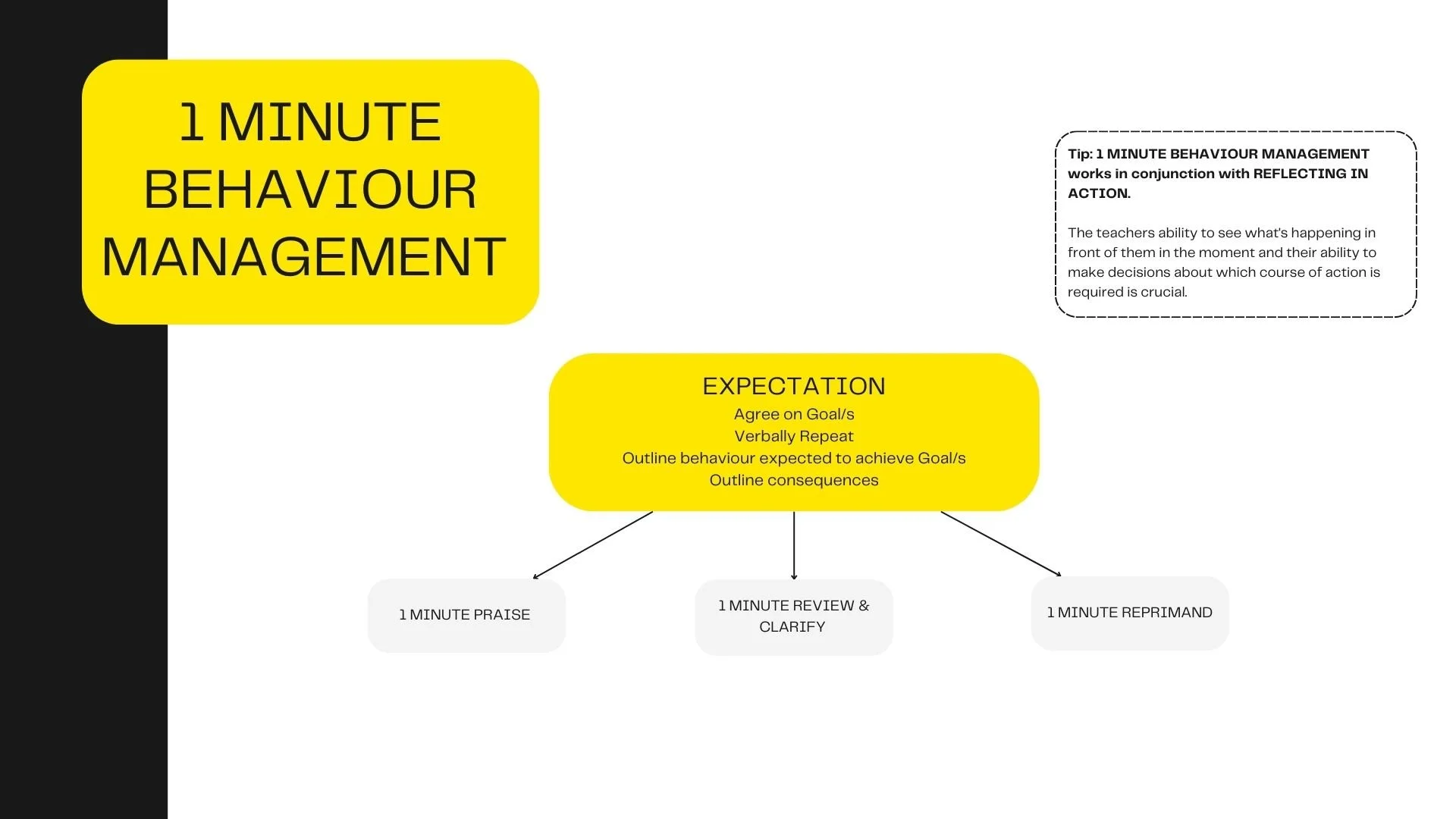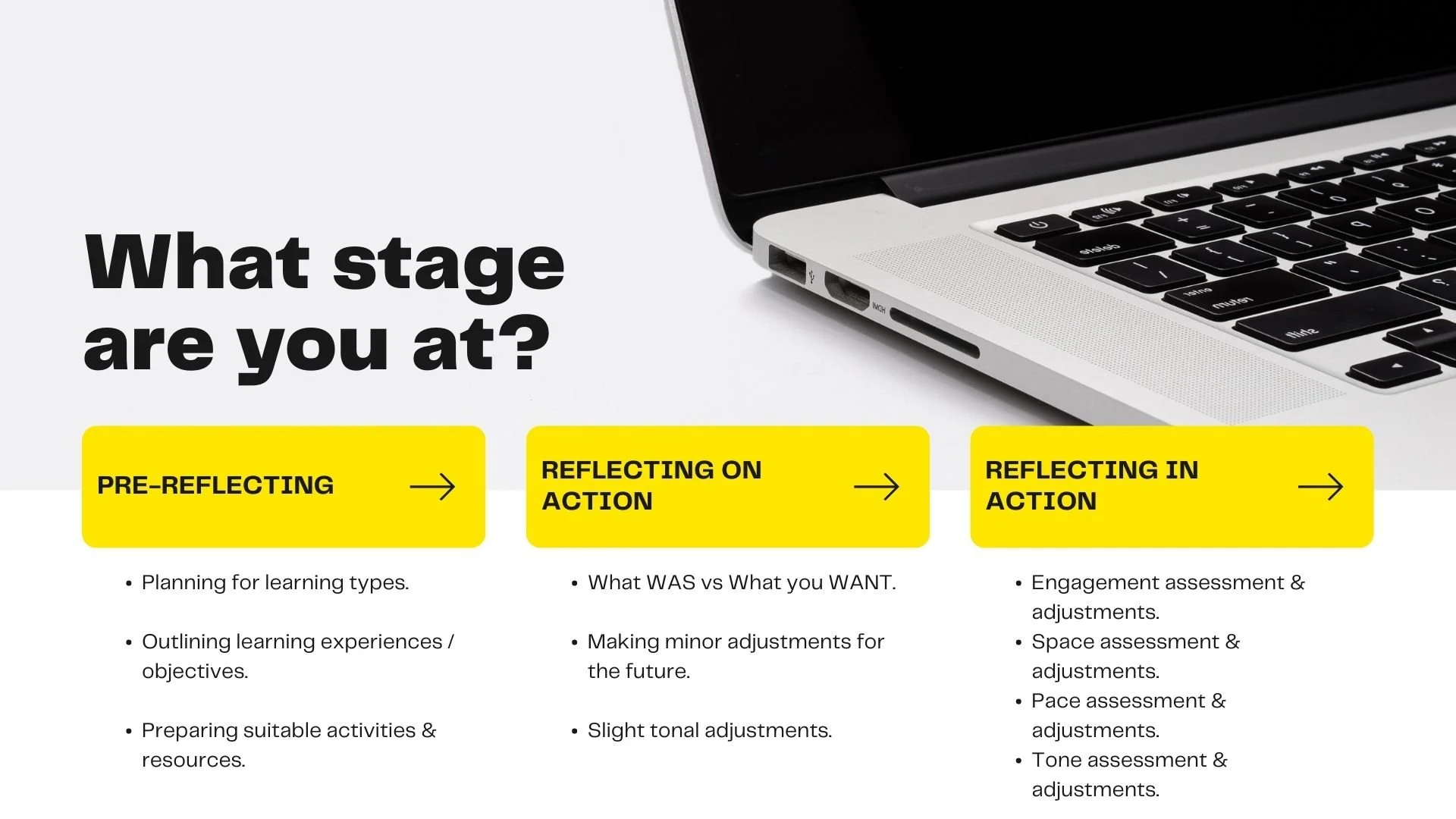ATTACHMENT STYLE
1. SECURE ATTACHMENT STYLE
A secure attachment style is the most desired attachment style in children. It best places them to develop positively for the future.
When children have a secure attachment style, they show distress when their caregiver leaves the room, but they quickly settle and compose themselves when their caregiver returns.
Children with a secure attachment style feel protected by their caregivers and that they can depend upon them. Children who have a secure attachment style can explore and play more, using their caregiver as the base from which to embark upon their exploration of the world.
Securely attached children show a higher level of maturity, increased empathy, and less disruptive and angry behavior (Leblanc, Dégeilh, Daneault, Beauchamp, & Bernier, 2017). Moving on to adulthood, these children will have long-term relationships, fewer trust issues, and greater self-esteem; enjoy engaging with others; and reciprocate feelings.
2. ANXIOUS ATTACHMENT STYLE
Children with an ambivalent/anxious-preoccupied style cling to their caregivers, are anxious and guarded around strangers, exhibit distress when their caregiver leaves, but then remain ambivalent when they return. Ainsworth et al. (1978) found that such children resisted interactions with their mother when they were reunited, even showing aggression toward the mother for abandoning them.
A review of ambivalent attachment styles in children found that mothers who have lowered maternal ability tend to have children with this type of attachment style. It is not a very common attachment style, with less than 15% of infants displaying this (Cassidy & Berlin, 1994).
This style of attachment can create an over-dependency of the child on the caregiver. The child is suspicious of strangers. This will act as an intuitive protective factor, as it ensures that others do not harm them.
This style ultimately creates a clingy child, who will develop into an overly dependent adult, worried when relationships end and showing reluctance to gain close proximity with others, particularly in romantic relationships.
3. AVOIDANT - DISMISSIVE ATTACHMENT STYLE
When caregivers are not emotionally available, children may develop an avoidant and dismissive attachment style. Ainsworth et al. (1978) found these children were not distressed when separated from their mothers and engaged with the stranger similarly to their mother. When the mother returned, they showed some avoidance signs, such as avoiding eye contact and turning away.
If children do not experience their caregivers’ sensitivity to their needs, they may develop physical and emotional independence. In the short term, this can act as a positive, protective factor. However, it can be damaging in the long term as they disconnect from their feelings and emotional needs.
As adults, such individuals will experience difficulty with close and intimate relationships, as they cannot share their emotions and feelings with their partners. The ending of a relationship will not cause them any distress.
4. AVOIDANT - FEARFUL ATTACHMENT STYLE
After discovering that many infants did not fit into the groups of secure, ambivalent, or avoidant attachment, Main and Solomon (1986) described the disorganized attachment type. Children – and their parents – with disorganized attachment showed confusion and fear, reinforcing each other’s behaviors.
A child can develop a disorganized attachment when they have not received coherent caregiving or have been mistreated, neglected, or traumatized by their caregiver. This results in a child being fearful and avoidant, as they don’t know what to expect. Their behavior is disorganized and confused; they may respond with aggression or emotional distress, and can’t self-soothe.
Strangely, the child is seen to seek comfort and reassurance from the same adult, but quickly withdraw again. Their disorganized template does not allow them to experience coherent emotions or behaviors. Even when caregivers are abusive, children will attach to them because this is their intrinsic nature (Prior & Glaser, 2006).
The disorganized attachment style is definitely not straightforward because it is an attachment pattern derived from trauma, fear, mistrust, and often abuse. The child is never able to feel safe, despite seeking proximity. The disorganized child may be thinking, ‘Can I trust you? Shall I come to you, or shall I run away from you? I’m confused by you.’


